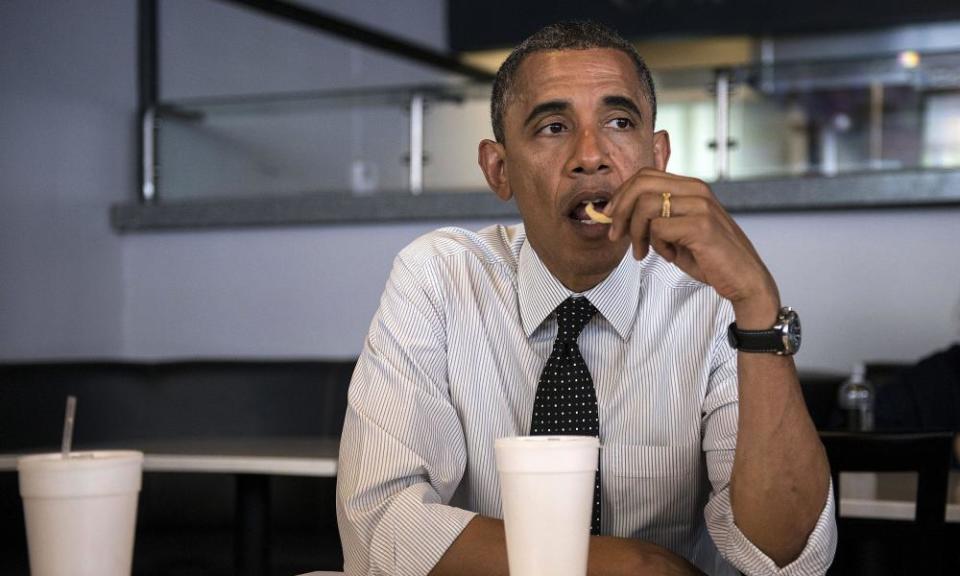I hate to admit it, but my daily dose of ‘misery bread’ has been a life-changer

It’s called “health bread,” “fitness bread”, or sometimes, “muesli bread”, but in our house, we call it “misery bread,” on account of its sour taste and unwelcoming texture – it has roughly the shape and density of an insole. It costs, incredibly, $3.99 (£3) for five slices and a single slice contains 11g of fibre, or 40% of your recommended daily intake. I have been on this stuff since January and, after the results of a blood test last week, intend to talk about it for the rest of my life.
Nascent studies into nutrition and lifestyle trends since March 2020 confirm what many of us already knew: that as well as stress and lethargy, part of the experience of lockdown was less exercise, more snacks and more frequent meals. Food was the only obvious pleasure and release. My grocery bill doubled. I put away family-size packs of Cheetos. We ordered a McDonald’s delivery, then ordered it again. It felt like a challenge; if I can’t go anywhere or see anyone, I will work my way through the world’s unhealthiest foods with the grim determination of someone clearing a bucket list.
At the beginning of this year, my doctor told me I’d blown the roof off my cholesterol, and had 12 months to turn the ship around or she was putting me on statins. This was bad news – not only for my health, but because my record for changing habits doesn’t inspire much confidence. Years ago, I started running but found it boring and stopped. Every six months, I rampage through my apartment throwing stuff out, only to find three months later that the tide of junk has somehow returned. For three months last year, I became an entirely new person, one who stretched and did weights every morning; then every other morning; then once a week. You see where this ends.
On the other hand, the prospect of orphaning my children seemed about as focusing as these things can be. In the first instance, I did what everyone does when trying to effect a radical life change: I bought stuff. The courgette spiraliser would save me, I thought, as would the olive oil spray. This entire thing could probably be fixed with a $60 set of Tupperware from Costco. Bulk roasting vegetables on a Sunday night was the answer, as was wholewheat pasta and milk so thin you could see through it. I would never eat bacon again.
There were several problems with all this. Watery milk and no cheese was one thing, but have you tried courgette “pasta”? It’s not pasta, is it? It doesn’t do what pasta does. No matter how much starchy water you tip into the pan – or whatever grim fate your doctor presents you with – tomato sauce won’t stick to a plate of sloppy veg. Also: it turns out that the effort-reward ratio that makes homemade burgers worth the hassle isn’t shared by anything in the healthy fishcake family (oatmeal instead of breadcrumbs; no egg, flour, flavour or fun).
Related: People who ‘can’t fit into jeans they wore aged 21’ risk developing diabetes
My doctor had pointed for inspiration to President Obama, whose diet was said to include seven almonds a day. This, said my doctor, was the kind of discipline you needed to be president and achieve low cholesterol. As the weeks wore on, I got to know my limitations. I can’t eat single-digit almonds – if I’m going in, I’m in for fistfuls – and I can’t work with lentils, either. Too sad, too grey, and infinitely more dismal when warehoused in Tupperware.
There were successes, however. Wholewheat pasta is horrible, but brown rice tastes better. My rule of thumb was to be sensible during the week, eat whatever I liked at weekends, and on the rare occasions I ate out, have the steak if I wanted. I’m not ordering the salmon at restaurants: you might as well stay in. And while I fell off this wagon a lot, some of it stuck. I did my best.
Oddly, one of the biggest changes was conversational. I started to talk about nutrition in a way I used to mock. Halfway through the pandemic, I went on a date. She was a fitness instructor and spent almost 45 minutes talking exclusively about cashew nuts, which I parried with a lot of chat about grains. All right, this would never have worked long-term, but for a couple of hours it was almost entertaining.
Last week the results of the follow-up blood test came back. The only thing I have been religious about is the misery bread: the colour of boot polish, like something from the war, I get a flex from its medicinal aspect. For almost a year, I have eaten it every morning, with an avocado, or if I’m feeling jaunty, an egg. My cholesterol has more than halved. It’s now comfortably below danger level. Obviously, I celebrated by ordering in McDonalds, but I’m convinced, this time, the new habits will stick. My palate has changed. Bagels might taste better, but misery bread brings something much more delicious: the ping of self-denial that comes with every bite.
Emma Brockes is a Guardian columnist

 Yahoo Finance
Yahoo Finance 